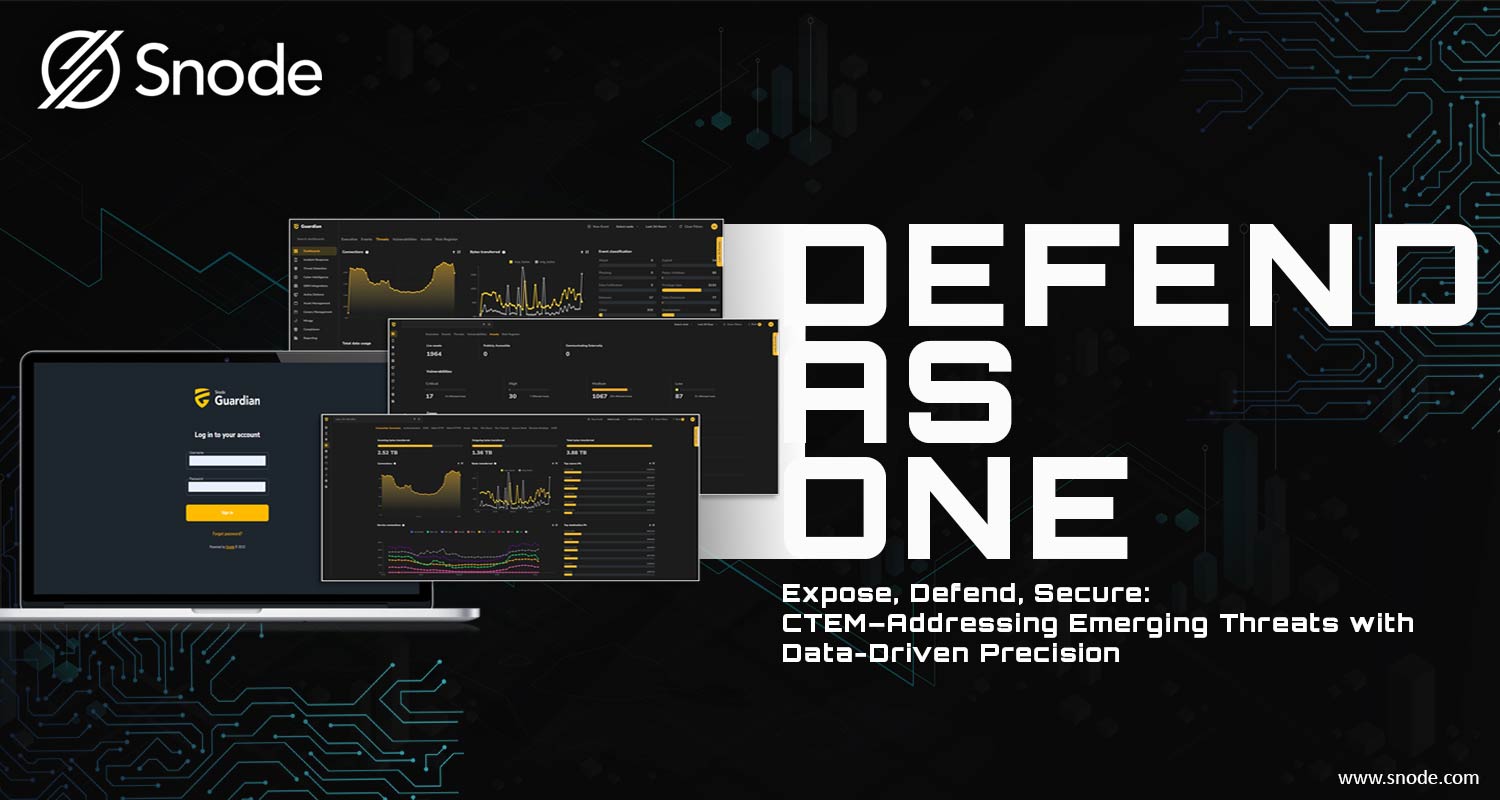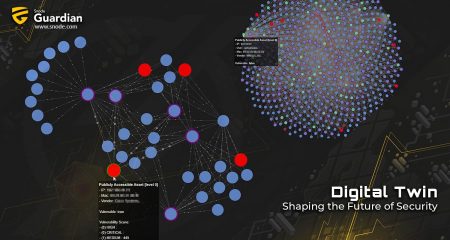 Traditional security assessments, like penetration testing, have been a staple of cybersecurity for years. But as cyberthreats grow more organised and sophisticated, a new, holistic, asset-focused approach is required.
Traditional security assessments, like penetration testing, have been a staple of cybersecurity for years. But as cyberthreats grow more organised and sophisticated, a new, holistic, asset-focused approach is required.
With Continuous Threat Exposure Management, or CTEM, businesses can shift from reactive to proactive security and leverage a data-rich approach to minimise risks and strengthen resilience – in a prioritised way. The methodology, first introduced by Gartner in 2022, asks firms to move away from siloed assessments which, by their deterministic nature, don’t necessarily uncover all the threats in a given environment.
For example, in penetration testing, the environment is scanned for vulnerabilities, which are then exploited. This process may not pick up existing traces of malware or latent ransomware already present in the environment. It is also a point-in-time assessment which may not be relevant over time and does not connect its activities to the specific threat landscape of the environment under review.
CTEM, however, starts with traditional penetration testing, attack surface management and vulnerability scanning activities. Cyber specialists then layer threat intelligence (both internal and external) as well as asset/control information over this information to understand what’s missing and which actions need to be prioritised as a matter of urgency. This gives companies a clear road map for improving their cybersecurity posture and the continuous nature of the assessment ensures that the environment remains resilient to the changing cyber landscape.
CTEM and difficult-to-anticipate threats
As cybercrime becomes more popular, better organised and increasingly well-funded attackers are focused on finding zero-day exploits or previously unknown vulnerabilities for which there are no available patches or defences at the time of discovery. Because traditional security approaches rely on documented vulnerabilities and existing patches, they often fail against zero day attacks. This is how CTEM can help:
- Continuous attack surface management reduces exposure: Understanding and proactively managing an environment’s attack surface can lower the available exposure points ripe for exploitation. For example, external attack surface management tools used in the CTEM process can help identify misconfigured cloud services or exposed web applications before attackers do, limiting the probability of infiltration into the network.
- Threat intelligence integration to predict likely attack vectors: CTEM involves the continuous monitoring of real-time intelligence feeds, dark web forums, malware trends and exploit patterns. Analysts are then prompted to contextualise their findings for the environments under their review so that they can predict with greater certainty which systems or assets are likely to be targeted in the next attack. This allows security teams time to harden the right systems based on attack behaviour trends before an exploit becomes public.
- Automated incident response and threat hunting: With CTEM, security teams are continuously analysing anomalies and suspicious activity in an environment. Unusual behaviour (like privilege escalation and unusual file access patterns) can be caught early and, with the right tools, trigger a security response and automatic isolation of affected systems while security teams investigate.
Mitigating zero-day threats requires a proactive, continuous security approach, but cybersecurity is not one-size-fits-all. Each industry operates within its own regulatory frameworks, attack surfaces and risk profiles.
 Is CTEM only effective in certain industries?
Is CTEM only effective in certain industries?
CTEM, by its nature, is not industry specific. In CTEM, security teams are encouraged to gather a full picture of their exposure through dark web analysis, cyber footprinting and other methods raised in this article. Additionally, contextual data regarding cyberthreat patterns, industry regulations and the latest cyberthreats are overlaid onto these findings to help create a risk-adjusted list of actions to take, to secure the environment.
The fintech industry is a great example of an industry that could benefit from CTEM. Fintech firms provide financial services products to consumers in a highly regulated environment with comparatively much less resources to a longstanding bank. This makes them particularly vulnerable and increases their risk profile.
Additionally, fintech firms sometimes partner with banks to provide these services to the banks’ customers. Now the banks face a higher level of threat exposure through their third-party relationships with fintech firms.
Both fintech firms and banks are required to comply with strict compliance frameworks like PCI-DSS, FFIEC, GLBA and Basel III for which continuous risk assessment is mandatory – making CTEM a perfect complement to their needs.
CTEM’s value is not limited to the financial services industry. Its usefulness can be applied to healthcare (where organisations handle highly sensitive patient data or PHI) where HIPAA, GDPR and HITECH all require similar continuous monitoring of security risks.
Why some businesses struggle with CTEM – and how to get it right
Despite the clear challenges, implementing CTEM is not easy. Many organisations have fragmented security tools, bloated cybersecurity service stacks and limited access to the talent needed for effective implementation. By working with a third party to deliver CTEM solutions, companies can gain access to experienced cybersecurity professionals and threat analysts without expanding their teams. This will also reduce organisational complexity by consolidating workflows, eliminating tool sprawl and ensuring a streamlined response to vulnerabilities and emerging threats.
In today’s threat landscape, businesses cannot afford to take a passive approach to cybersecurity. By combining internal security efforts with external expert support, organisations can implement a fully functional, scalable CTEM strategy sooner than their next scheduled audit.
 How Snode can help you
How Snode can help you
Snode’s CTEM framework is supported by automated tooling and teams with years of experience in cross-functional security disciplines. This means that, while a manual CTEM process may cost your teams hours of hard work to provide a baseline of exposure, Snode can help you in 21 days.
Just recently, the Snode team was asked by a large telecoms provider in Namibia to conduct a CTEM assessment just after its third-party service provider experienced a significant cybersecurity breach. The team was able to confirm that no customer data was leaked, identify other vulnerabilities before they were exploited and build a remediation map to close the cybersecurity gap efficiently.
This combination of cyber automation and applied expertise ensures that any company will be best positioned to adapt, defend and recover from modern cyberattacks – before they even strike.
Are you ready to take a proactive stance on cybersecurity? Reach out to Snode via [email protected] to learn more about how Snode can help you on your CTEM journey.
- Read more articles by Snode on TechCentral
- This promoted content was paid for by the party concerned




